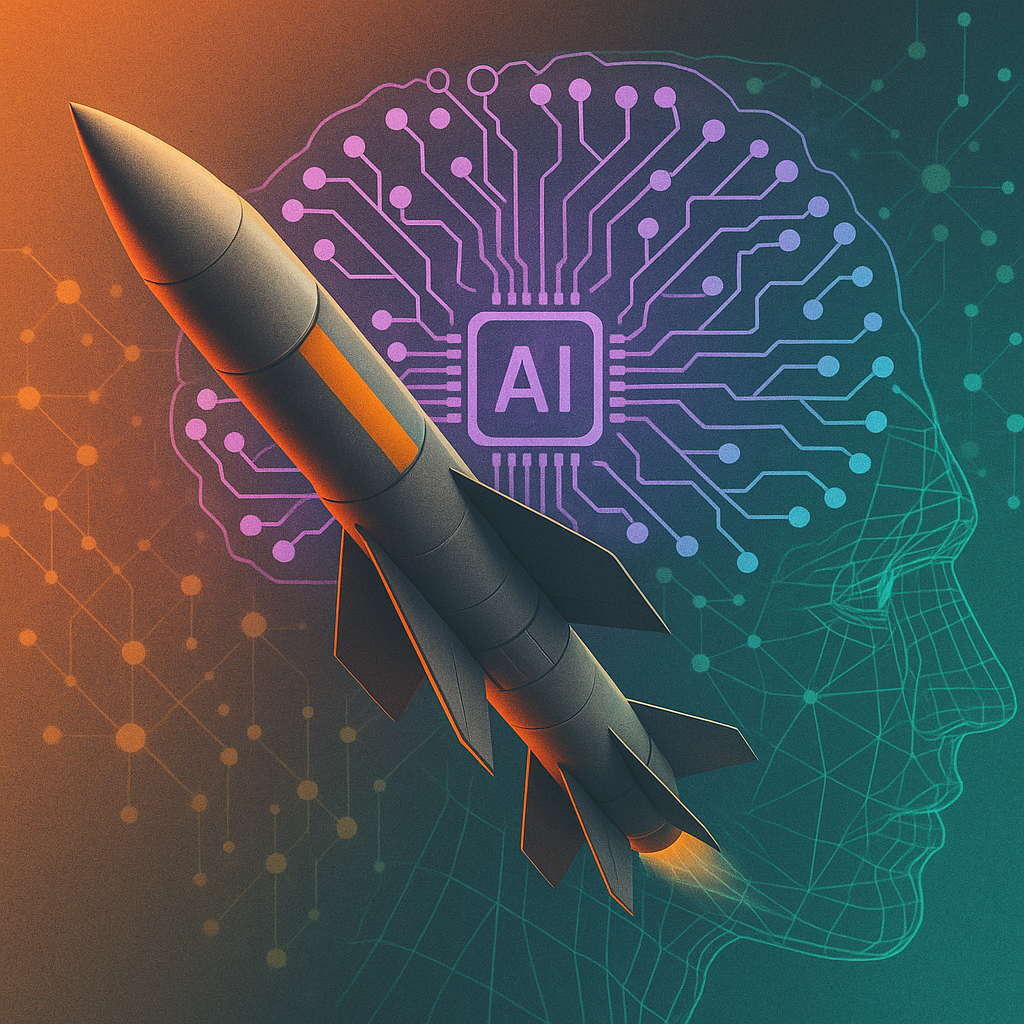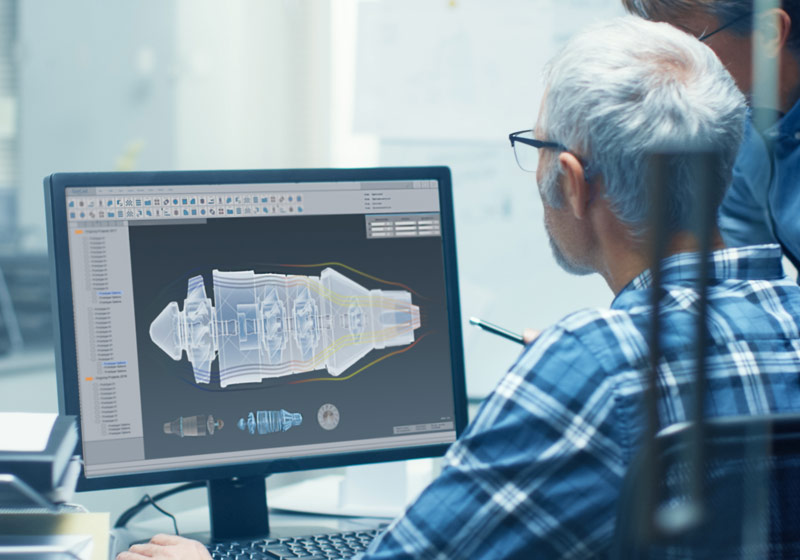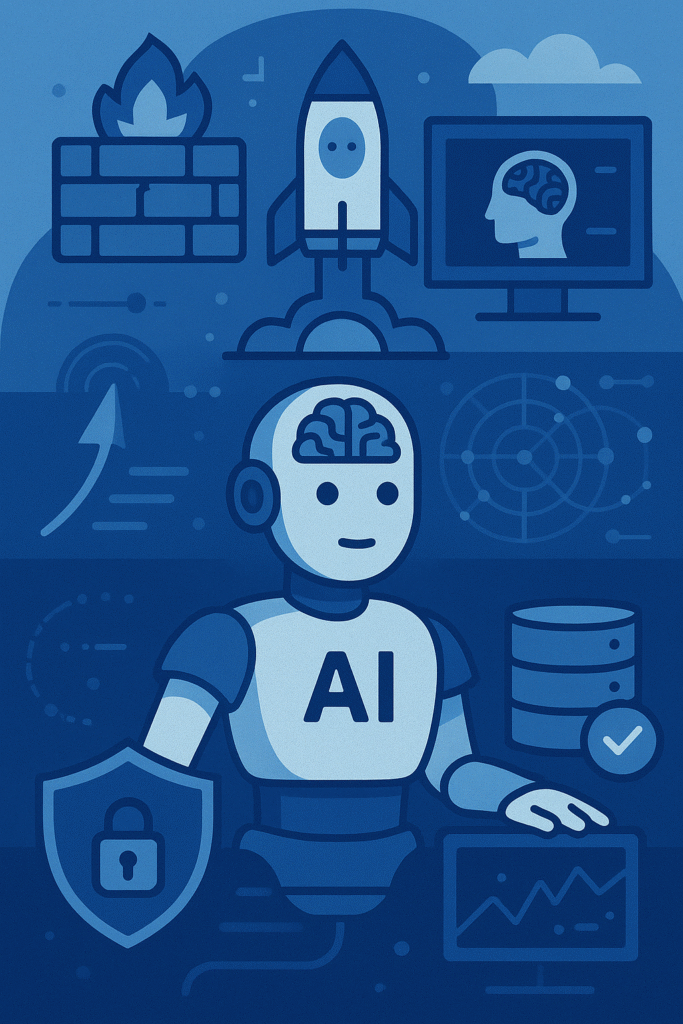Executive Summary
Defense innovation can no longer move at a 20-year pace. Generative AI now enables weapon system design cycles to shrink by 40–60%, redefining how concept, simulation, and validation come together.
Key Takeaways:
- AI reduces design-to-prototype time from years to months.
- Machine learning enables real-time optimization and validation.
- Netray’s AI tools integrate seamlessly with defense-grade CAD and PLM systems.
- Proven 90%+ reductions in iteration time for missile concept generation.
The Defense Innovation Bottleneck
Defense acquisition programs have historically taken decades—while adversaries iterate new systems in months. This delay arises from sequential development, excessive manual modeling, and legacy design tools that weren’t built for today’s threat velocity.
The result? A strategic innovation gap—one that generative AI now bridges by automating concept generation, simulation, and optimization at scale.
How Generative AI Transforms Weapon System Design
What It Does
Generative AI uses large-scale models trained on engineering and mission data to autonomously:
- Generate thousands of design variants from mission requirements
- Optimize performance parameters like range, accuracy, and cost
- Simulate and predict outcomes across operational scenarios
- Document design iterations automatically in MIL-STD formats
The Core Technologies
- LLMs: Convert requirements and specs into structured design blueprints.
- GANs: Explore innovative geometries beyond human bias.
- Diffusion Models: Create high-fidelity 3D models from text or data inputs.
- Reinforcement Learning: Continuously refine parameters based on performance.
Netray’s Proof-of-Concept: Missile Design Reimagined
The Challenge
Traditional missile concept generation: 6 months, limited design exploration.
The Solution
Netray’s proprietary Defense GPT model, trained on 50,000+ pages of military specifications and operated on-prem under ITAR compliance, reduced this process to 2 weeks—a 92% timeline reduction.
AI-Driven Output
- 47 airframe configurations generated from mission data
- 23 propulsion layouts optimized for range and heat signatures
- 156 guidance architectures tested for performance reliability
Results
AI cut timelines by over 90%, boosting range by 15% and reducing weight by 8% — a clear leap in speed, precision, and efficiency.
Outcome:
AI-generated designs achieved 15% higher range and 8% lower weight than human-engineered baselines.
Seamless Integration with Existing Workflows
Netray’s AI integrates effortlessly into defense engineering ecosystems:
- PLM: Direct export to Siemens Teamcenter
- CAD: Native NX and SolidWorks file formats
- Simulation: Real-time aerodynamic validation via ANSYS & Star-CCM+
- Docs: Auto-generated MIL-STD-compliant technical reports
Implementing Generative AI in Defense Organizations
Infrastructure Needs
- On-prem, GPU-based AI clusters (A100-class)
- Air-gapped network with encryption & role-based access
- Integration APIs for CAD/CAE interoperability
Change Management
- Upskill engineers in AI prompt design & validation
- Embed AI checkpoints in Stage-Gate processes
- Maintain human oversight for mission-critical decisions
Risk Mitigation
- Expert review panels for each AI output
- Explainable AI frameworks for traceable reasoning
- Algorithmic bias audits & compliance verification
Industry Use Cases
Aerospace:
Next-gen fighter configurations, turbine optimization, and avionics integration.
Naval:
AI-generated hull designs optimized for stealth and sea conditions.
Land Systems:
Generative armor layouts, propulsion efficiency, and mobility algorithms.
Future Outlook
Emerging Capabilities
- Physics-informed neural networks for accurate manufacturability
- Collaborative AI agents working on subsystem co-design
- Digital twins enabling real-time simulation and optimization
- Self-learning design systems that evolve from deployed mission data
Measuring Success
Key Metrics:
- Time-to-prototype: 60% faster
- First-pass validation rate: 85%+
- Design performance improvement: 10–20%
- Labor cost reduction: 30–50%
These gains deliver direct strategic advantage—enabling faster deployment, lower program cost, and greater design diversity.
Conclusion: Redefining the Defense Design Paradigm
Generative AI is transforming defense engineering into a continuous innovation ecosystem—one that merges creativity with computation.
Organizations adopting AI-driven design now will gain agility, cost efficiency, and technological superiority over slower-moving competitors. The next generation of weapon systems will be AI-conceived, human-refined, and defense-validated.



